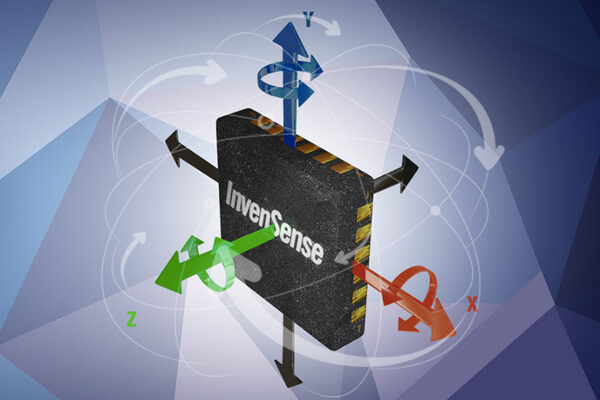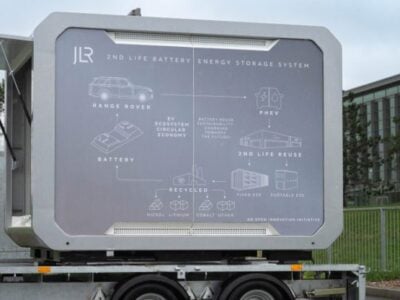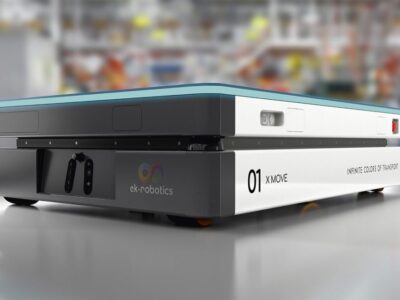
Could Sony, ST, Intel or China acquire InvenSense?
The company has announced it will consider a number of options after receiving “significant interest” in the company. It has hired a financial advisor to evaluate these indications of interest but no timetable has been set for completion of the evaluation, the company said.
But who is interested in acquiring this supplier to Apple? Speculation has included Sony, STMicroelectronics and Intel. For Sony such an acquisition would complement its leading position in CMOS image sensors for consumer applications. For STMicroelectronics it could help it add bulk and keep up with MEMS sensor market leader Robert Bosch. And for Intel such an acquisition would dove-tail with its current strategy and moving upstream to become a drone and IoT system supplier.
And the reason that shareholders might be interested is that InvenSense has been going through a difficult time over the last nine months. It’s position in smartphones has been chipped away at, while margins have been under pressure. Meanwhile plans to diversify into automotive and industrial applications have not been quick or easy to implement.
InvenSense did announce on Nov. 3 the development of MEMS-based inertial sensors for automotive safety in collaboration with Panasonic Corp. The 6-axis (3-axis accelerometer + 3-axis gyroscope) safety inertial sensor has small size and allows miniaturization for safety applications, such as rollover detection and electronic stability control. The sensor is sampling, supports the demanding low-bias drift, low-sensitivity drift, and high-vibration robustness performance requirements found in automotive, InvenSense said.
Nonetheless revenues are down consistently year-on-year and InvenSense has reported net losses for the last three quarters. Net revenue for the second quarter of fiscal 2017, ended October 2, 2016, was $79.8 million down 29 percent from $112.5 million for the second quarter of fiscal 2016 and the net loss was $12.5 million. Net revenue for the first quarter of fiscal 2017, ended July 3, 2016, was $60.6 million, down 43 percent from $106.3 million for the first quarter of fiscal 2016 and the net loss was $20.2 million.
Coincidentally InvenSense’s problems date back more or less to September 2015 when CEO Behrooz Abdi controversially said there was not enough return for being a MEMS provider and that InvenSense needed to move upstream and potentially compete with its customers (see Not enough money in MEMS, own the data, says InvenSense CEO).
While potential purchasers may wish to hold off on the grounds that InvenSense share price could fall further before it climbs, Abdi was telling analysts on a recent conference call that InvenSense’s R&D into diversification is starting to pay off. And if a western hemisphere company cannot close the deal, InvenSense could fall to direct Chinese ownership or to Chinese finance in a way similar to the path marked out for Lattice Semiconductor Corp. (see Lattice Semi to be sold to China-backed private equity). Another example would be OmniVision Technologies Inc. CMOS image sensor which was bought by Chinese venture capital in 2015 (see OmniVision agrees to become Chinese).
Related links and articles:
News articles:
Lattice Semi to be sold to China-backed private equity
Not enough money in MEMS, own the data, says InvenSense CEO
CEO interview: InvenSense’s Abdi on expanding MEMS horizons
OmniVision agrees to become Chinese
 If you enjoyed this article, you will like the following ones: don't miss them by subscribing to :
eeNews on Google News
If you enjoyed this article, you will like the following ones: don't miss them by subscribing to :
eeNews on Google News



